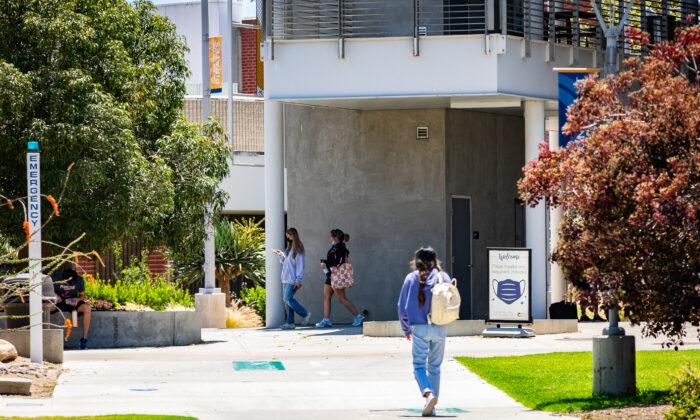LOS ANGELES—State and local moratoriums on evictions in California enacted at the beginning COVID-19 continue to send temblors through the housing market. The state evictions, extended multiple times, expired on June 30. Some local moratoriums have continued.
The board also launched a program, Stay Housed LA County, offering legal services to tenants facing eviction.
Homeowners seeking tenants have become more careful during the application process, Daniel Yukelson told The Epoch Times; he’s the executive director of the Apartment Association of Greater Los Angeles.
He said tenants easily can get away with that under tenant protection.
“Anybody living in LA County is covered if they don’t pay their rent,” he said. “Say the word COVID. They’re scot-free. They still have our local government babysitting these tenants who can’t seem to pay their rent.”
The recently released “2022 Court Statistics Report: Statewide Caseload Trends 2011-12 through 2020–21” highlighted the dire situation. Although it covered the previous fiscal year ending on June 30, 2021, the statistics still paint a picture of enduring COVID-19 hardships.
Nearly 60 percent of these lawsuits in California were filed in Los Angeles, Orange, San Bernardino, San Diego, and Riverside counties. That’s because Southern California’s population comprises about two-thirds of the state’s.
Yukelson said people were evicted not only because they couldn’t afford the rent, but due to multiple other reasons including violating rental agreements and damaging the property.
Eviction fraud also exists, he said, and adds to the numbers.
“We saw a great deal of fraud during the eviction moratoriums. We still see it today,” he said. Members of his association showed him “pictures from things like Facebook of tenants traveling all over the country or Europe, not having paid rent for over a year and claiming that they’ve been impacted by COVID.”
Eviction always is the last resort for property owners, he said. Costly legal fees make it challenging for landlords to chase after the rent.




